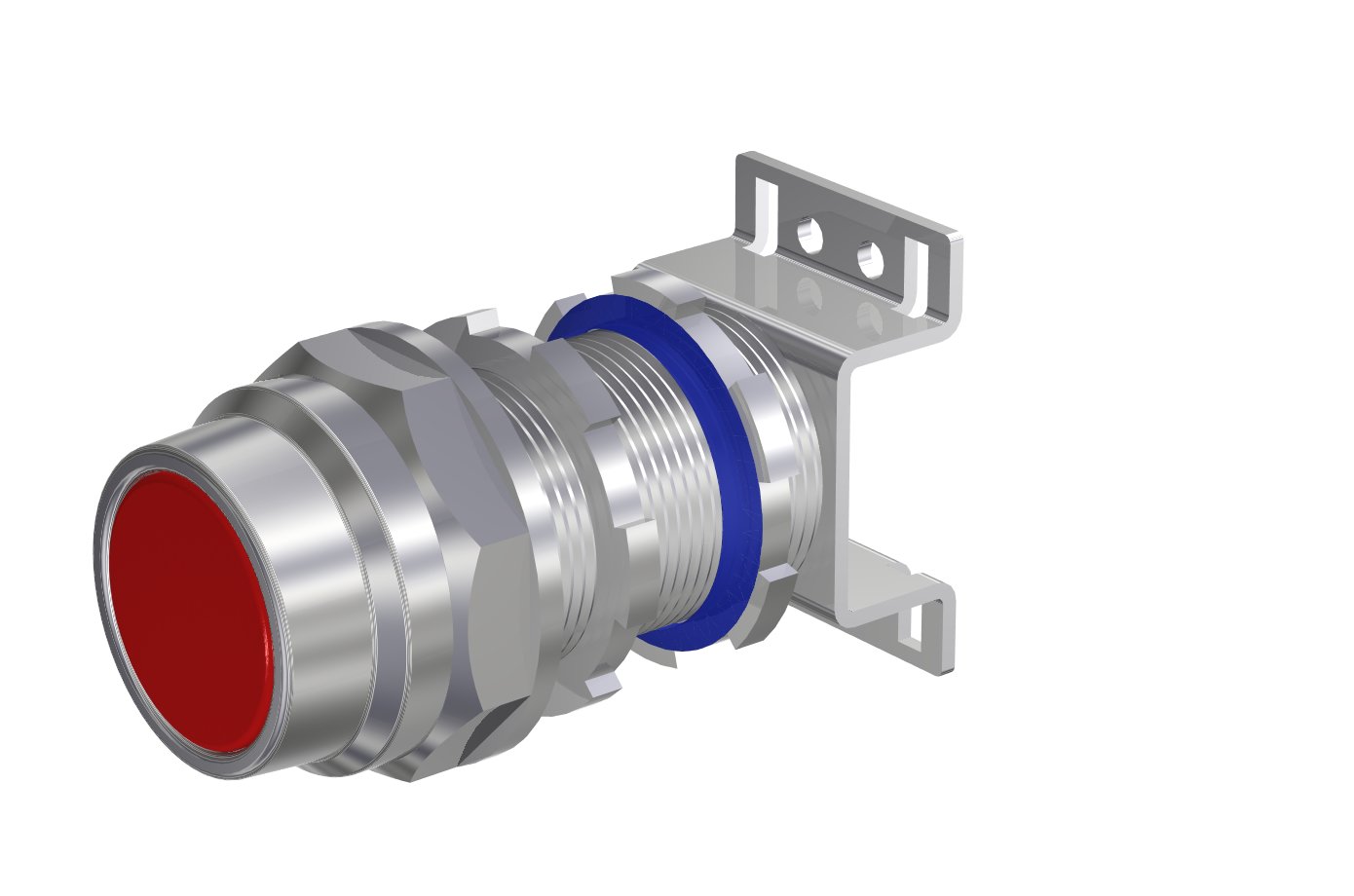Siemens 51PA8A2 Non-Illuminated Pushbutton Operator, 2 Positions, Red
Pushbuttons
287475
MFG #: 51PA8A2
Siemens
121.94000
/ ea
SIEMENS 51PA8A2 PB OPER FLS BTN RED
- Brochure URL - 10_094.pdf(Brochure URL)
- Catalog 1 URL - Siemens_52BL4D3XB_Catalog.pdf(Catalog 1 URL)
- Catalog URL - Siemens_52BL4D3XB_Catalog.pdf(Catalog URL)
- http://www.sea.siemens.com(Seller Home Page URL)
- Spec Sheet URL - DatasheetService?format=PDF&caller=EGH&mlfbs=US2:51PA8A2&language=en(Spec Sheet URL)
- User Manual URL - 51-HPA8.pdf(User Manual URL)
- Features
| Class 51 pilot devices may be used in a location where the presence of flammable gases, vapors or finely pulverized dusts in the atmosphere are sufficient to create a threat of explosion or fire |
| They may also be required where easily ignitable fibers or flyings are present |
| Short bushing units are used in most standard type 7 and 9 enclosures |
| Control units mount into industry standard 3/4-14 NPSM threaded holes |
| Class I applications petroleum refineries, and gasoline storage and dispensing areas |
| Industrial firms that use flammable liquids in dip tanks for parts cleaning or other operations |
| Industrial firms that use flammable liquids in dip tanks for parts cleaning or other operations |
| Petrochemical companies that manufacture chemicals from gas and oil, Dry cleaning plants where vapors from cleaning fluids may be present, Companies that have spraying areas where they coat products with paint or plastics |
| Aircraft hangars and fuel servicing areas, Utility gas plants, and operations involving storage and handling of liquefied petroleum gas or natural gas |
| Class II applications grain elevators, flour and feed mills, Plants that manufacture, use or store magnesium or aluminum powders |
| Plants that have chemical or metallurgical processes, producers of plastics, medicines and fireworks, Spice grinding plants, sugar plants and cocoa plants, Coal preparation plants and other carbon handling or processing areas |
| Class III applications textile mills, cotton gins, cotton seed mills and flax processing plants |
| Any plant that shapes, pulverizes or cuts wood and creates sawdust or flyings |
| Sealing lock nut |
| Double break bifurcated contacts rated AC NEMA A600 |
| Angled terminals and self rising saddle clamps |
| 5000000 Operating cycles |
| Copper free aluminum alloy |
| Used in Hazardous location |

